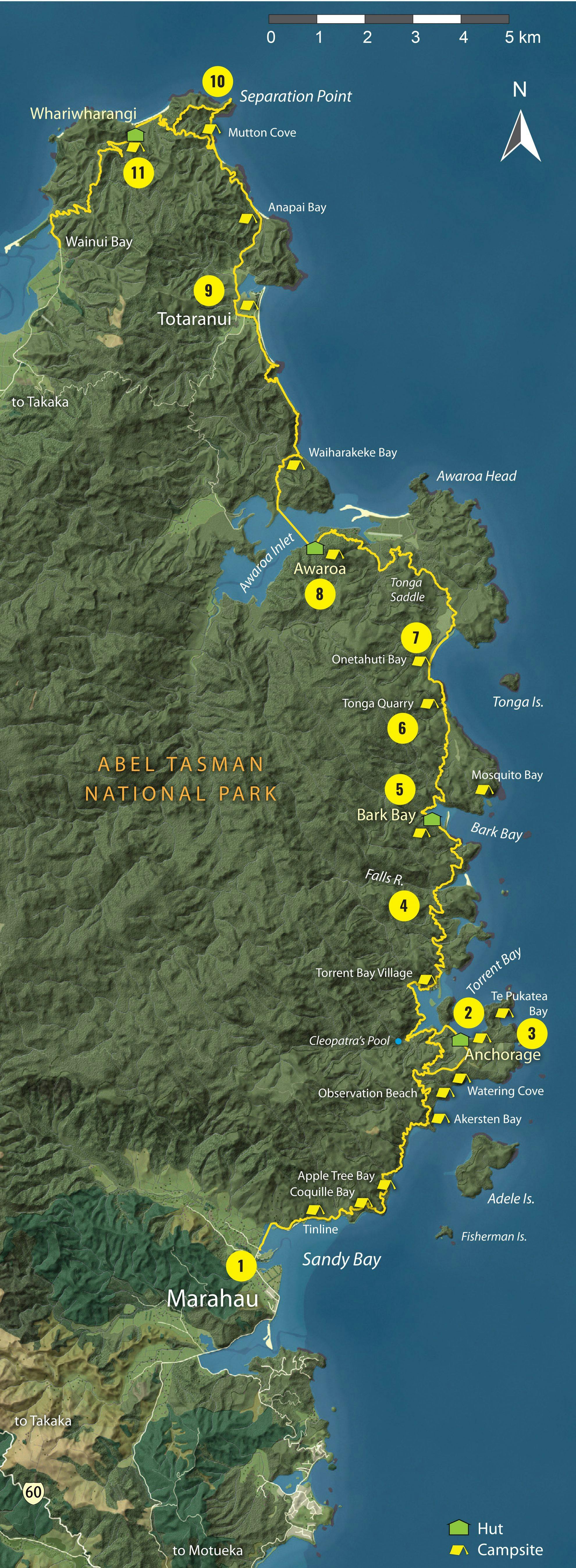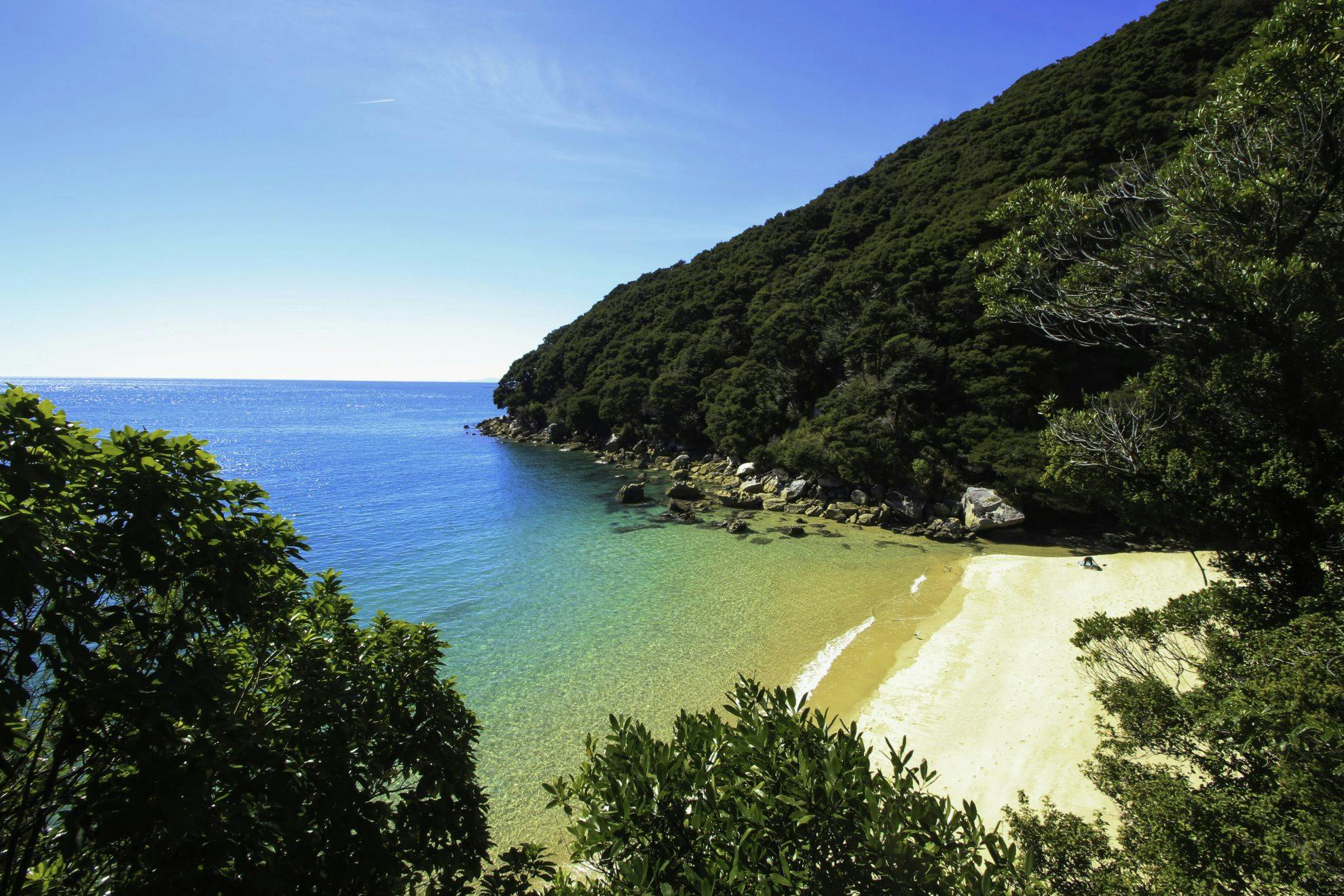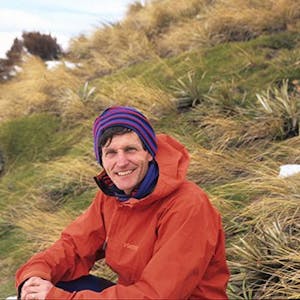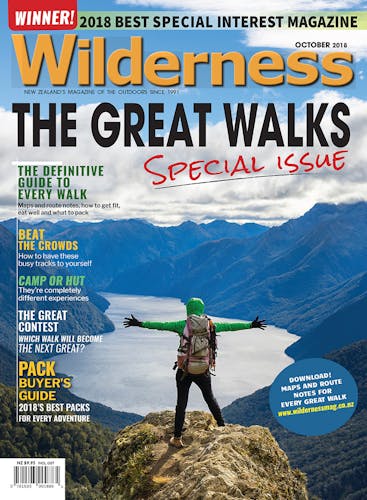Weaving from beach to beach, the Abel Tasman Coast Track is the most popular Great Walk for a reason.
When it comes to stunning coastal scenery, the Abel Tasman Coast Track is the jewel in the crown of the national park network, reflecting a unique experience among the other longer and more mountainous Great Walks.
This identity encompasses kilo-metres of idyllic golden sand beaches washed by the tidal flows of Tasman Bay, linked by a track of exceptional standard, alternating with hidden coves, estuaries and spectacular granite outcrops. Offshore lie numerous islands, providing sanctuary for seabirds, seals and penguins.
The ambience of the park environment is in many ways akin to that found on a tropical island. For when the sun flashes across the blue-green sea and highlights ochre-toned beaches, set against luxuriant forest resplendent with tree fern, there is an inescapable feeling of being on a tranquil island paradise.
Notably, this walk is infinitely accessible. By car from several locations, and particularly by boat, as several commercial operators offer daily return schedules throughout the season to all of the major beaches. The track can also be walked in any direction, or in sections only – utilising water taxis to bring you back to civilisation.
It is a walk for all, especially families.

1. Marahau
Trackhead and jump-off point for the Coast Walk, Marahau is a peaceful seaside village from where a boardwalk leads across the estuary to the headland and a track continues to Anchorage.
2. Anchorage-Torrent Bay
One of the park’s more iconic settings, Anchorage, with its large comfortable hut and spacious views across to Torrent Bay, is pure bliss. Washed by the tides, framed by forested headlands and imbued with tranquil beauty, you may never want to leave.
3. Te Pukatea Bay
Just beyond the headland to the east of Anchorage is the remarkable Te Pukatea Bay where you can camp, picnic, and swim. It’s isolated and beautiful.
4. Falls River
Descending from deep within the park, Falls River cuts across the Coast Track just north of Torrent Bay and is crossed via a high and airy swingbridge offering views of river and coast. Unusual cascades can also be reached on a sidetrack into the Falls River from Torrent Bay.
5. Bark Bay
An intimate microcosm of all that is notable about the seascape of Abel Tasman National Park, Bark Bay has it all – a perfect beach, sandspit, luxuriant forest, great hut, boat access and stunning views.
Reader Tip:
“The best time to walk the track is
in June – it’s still
relatively mild, there’s fewer
people and you’re almost guaranteed a bed at the huts.
Do it as a circular walk with the more demanding Inland Track.”
– Lloyd Bower
6. Tonga Quarry
Huge storms in early 2018 permanently closed the campsite found here, but, with its umbrella of manuka-kanuka forest, soft sands and peaceful ocean views, it is a memorable location and worth taking a break here.
7. Onetahuti Beach
The track continues along the remote and scenic Onetahuti Beach to the sheltered nook of Richardson Inlet where a large footbridge and a small climb lead to Awaroa Inlet.
8. Awaroa Inlet and hut
There is plenty of adventure awaiting at Awaroa Inlet. The expansive tidal inlet may only be crossed at low to mid-tide, with the former being recommended as tide heights vary. It takes 30-40 minutes to cross the sands and mudflats, so make sure you judge it well.
9. Totaranui
This is the finish and/or start for many walkers with its picture-perfect 2km sweep of golden beach, road access, plentiful camping, family-friendly environment, and regular ferry service. It’s an ideal place to set up camp and enjoy the magnificent surroundings.
10. Separation Point
The Coastal Track continues to the steep and dramatic Separation Point, passing along several idyllic beaches to get there. The northern section of the track is every bit as beautiful as the southern stretches, but more isolated and with fewer people.
11. Whariwharangi Hut and Wainui Inlet
The final section of the track to Wainui Inlet is via Whariwharangi Hut, an historic outpost set in a remote valley not far from the sea where the sounds of the waves, salt-laden air, and peaceful laid-back ambience wash over you.
When to walk
Driest period: January-March (less than 95mm of rain)
Wettest period: June-August (more than 131mm of rain)
Warmest month: January (12-23.3°C)
Coldest month: July (1.1-12.7°C)
Quietest period: October, November and April. The walk is near capacity in December-March, with more than 10,000 trampers staying, but has less than 6000 in November and April.
Best time: November
With less than half the number of walkers as the peak months and highs averaging 20℃, you’ll still be able to enjoy the beaches but withoutthe summer crowds.
Temperature and rainfall figures are monthly averages from the Riwaka weather station. Tramper numbers from DOC data from the 2016/17 season.
- Distance
- 60km
- Total Ascent
- 2820m
- Grade
- Easy
- Time
- 3-5 days. Marahau to Anchorage Hut, 4hr; To Bark Bay Hut, 4hr; To Awaroa Hut, 4.5hr; To Whariwharangi Hut, 5.5hr; To Wainui, 2hr
- Accom.
- Multiple campsites and huts
- Access
- From Marahau at the eastern end or Wainui at the western end Grade Easy
GPX File
- Abel Tasman Coast Track (gpx, 72 KB)
GPX File
- Your device does not support GPX files. Please try a different device.








